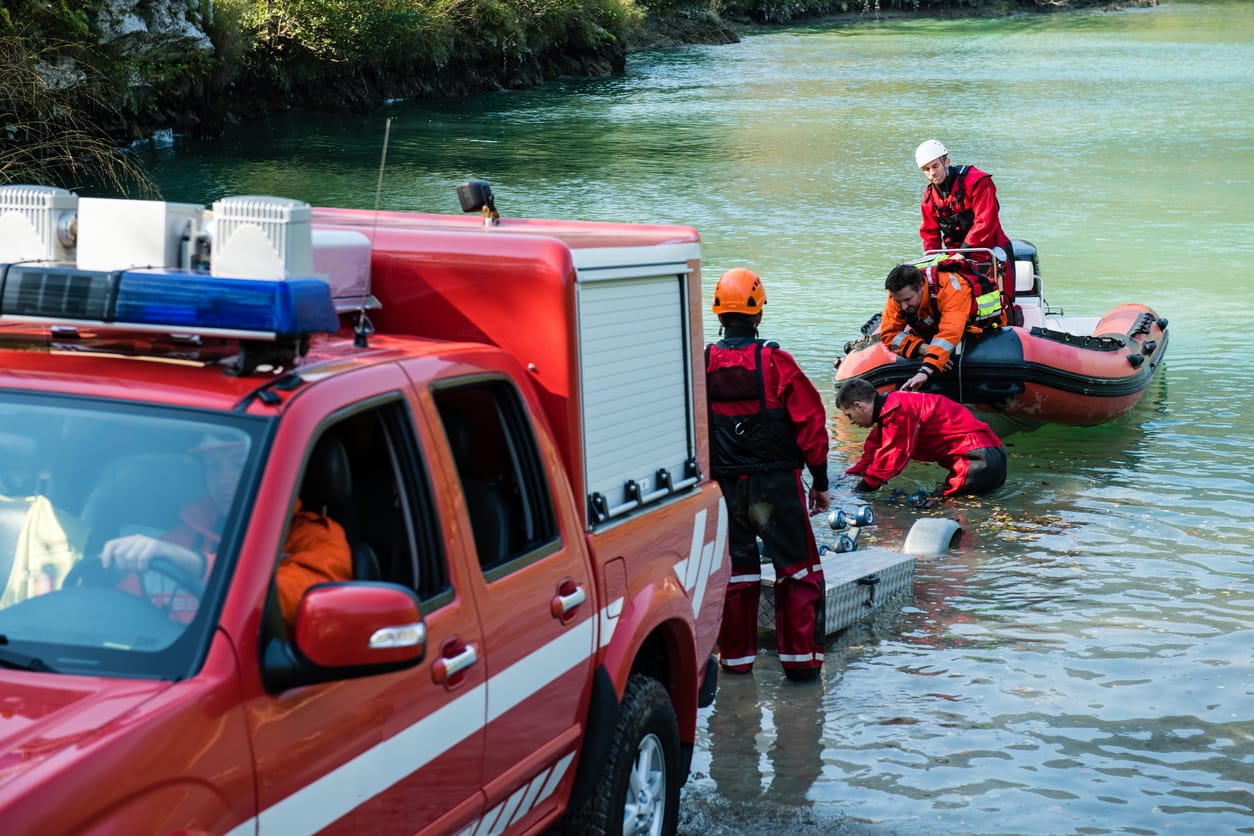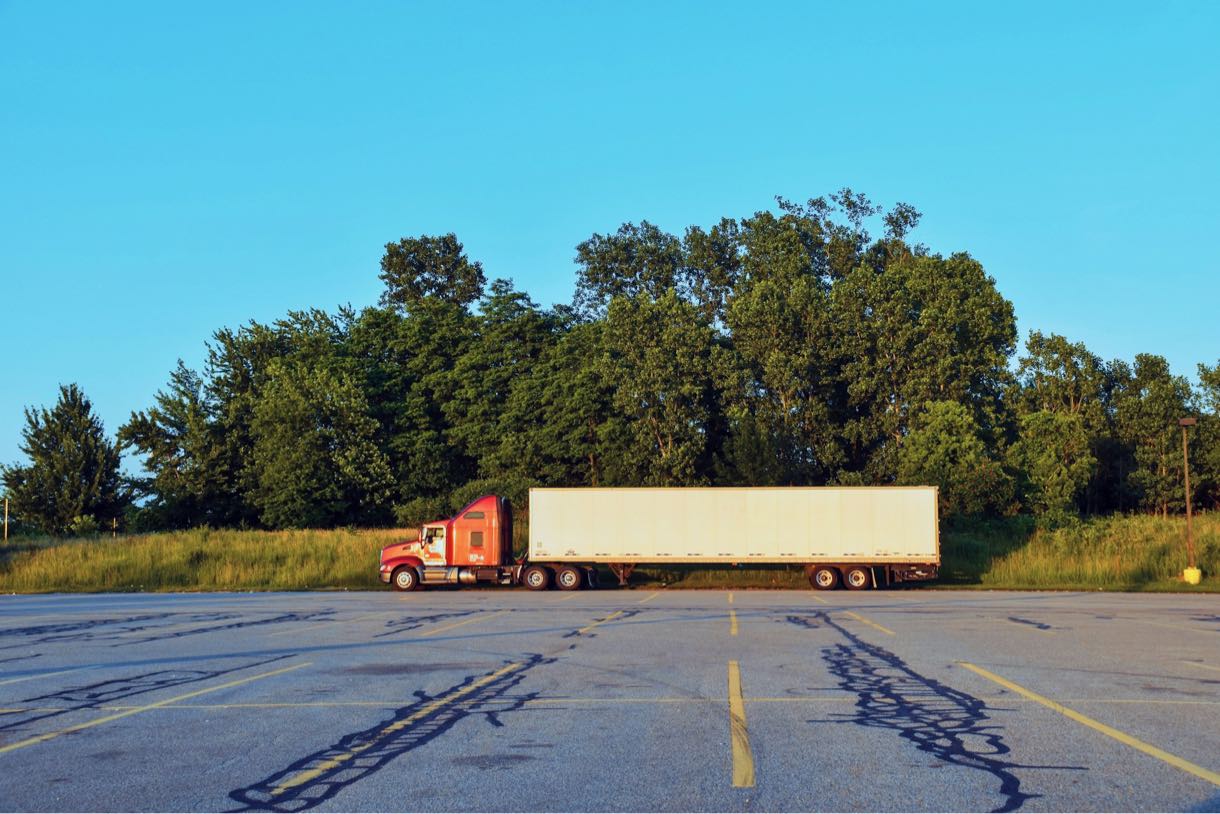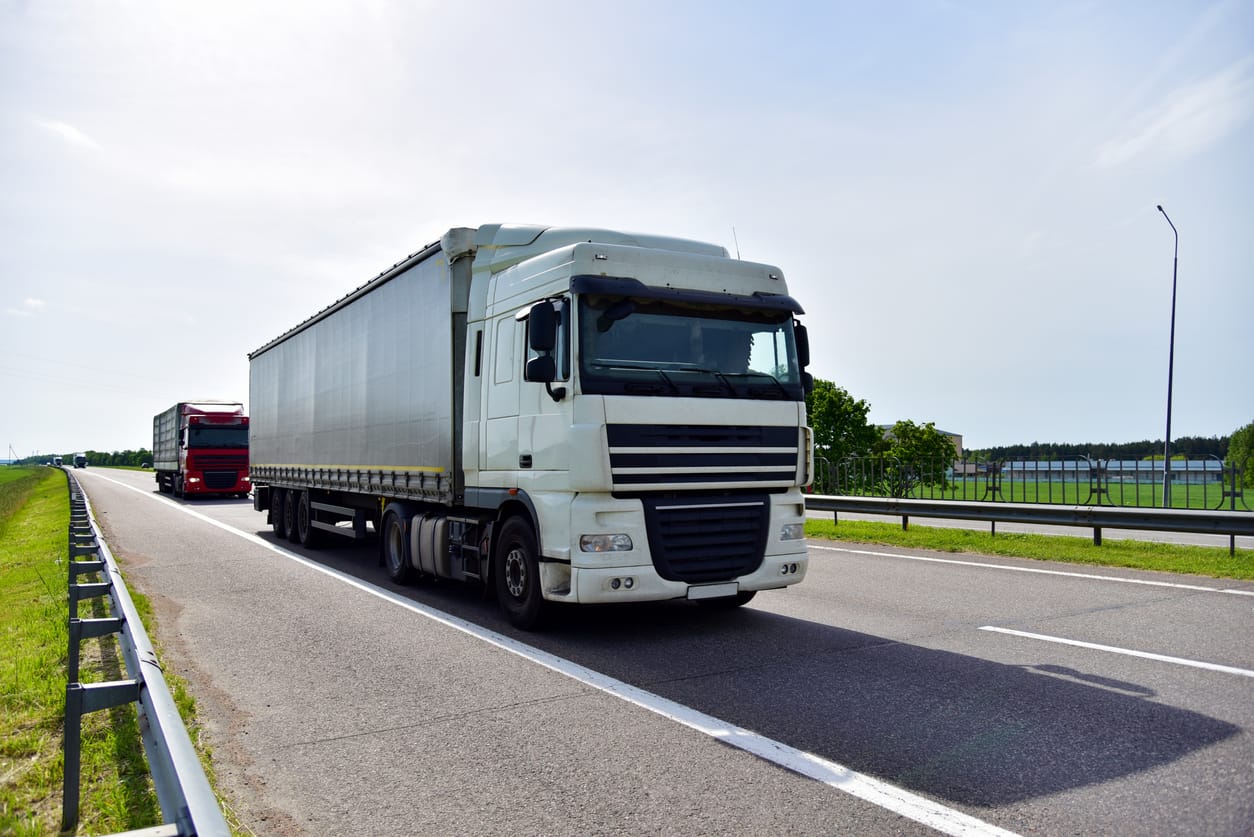Natural disasters lead to massive damage to infrastructure, homes, and businesses, leaving many people stranded without essential resources. Auto transport is crucial in disaster recovery and relief efforts in such situations. These companies facilitate the movement of vehicles, including emergency vehicles and equipment, during natural disasters such as floods or hurricanes. The auto companies transport essential supplies, such as food, water, and medical supplies, to affected areas quickly and efficiently.
Notably, auto transport companies work with local authorities and emergency responders during emergencies and disasters to offer quick and effective transportation solutions for vehicles and equipment needed in affected areas. It minimizes the impact of the disaster and aids in the relief efforts. Read on to understand how an auto transport company can assist in relocating vehicles in flood-prone areas and moving emergency vehicles and equipment to the location of disasters.
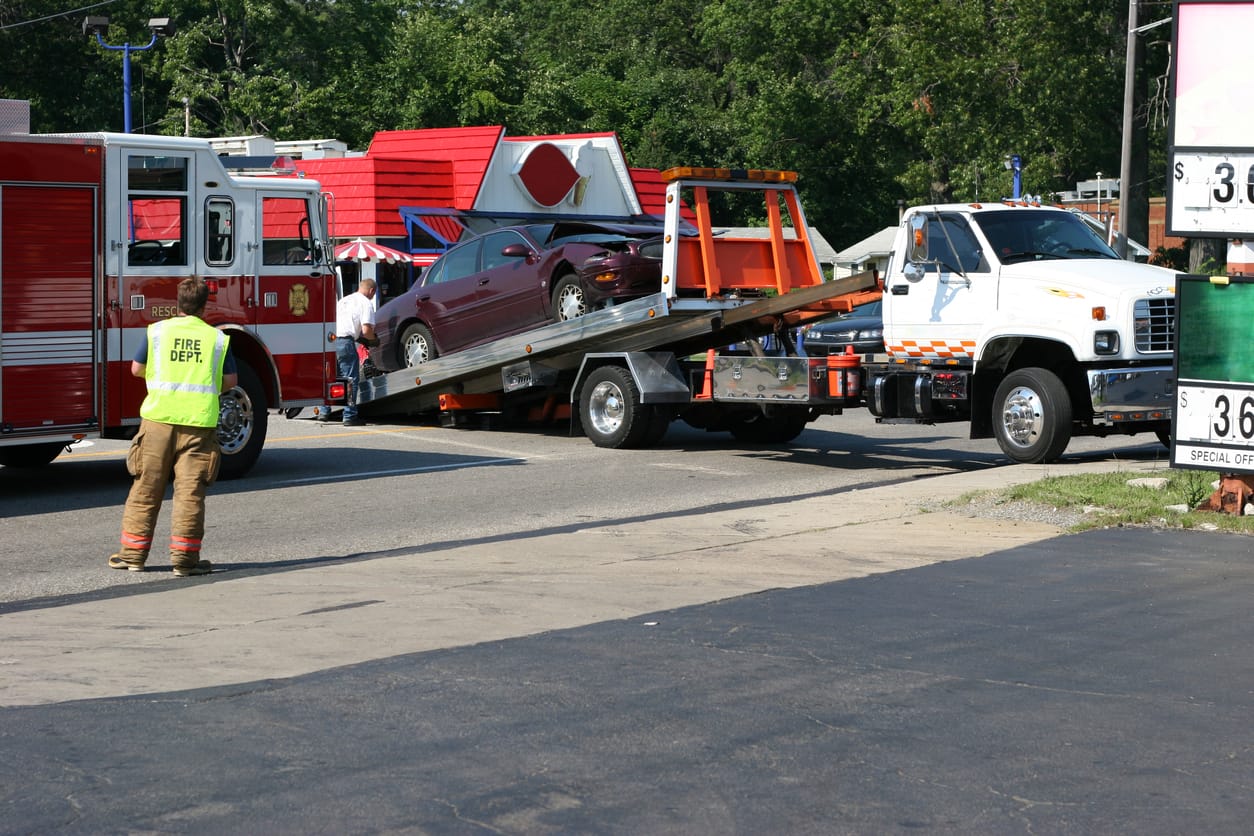
A shipping company plays a crucial role in assisting with recovery efforts. Find out some of the potential ways they could be helpful in disaster-stricken areas and move emergency vehicles and equipment to the location of a disaster:
- Work Closely with Emergency Services: During a disaster, emergency services, such as fire and ambulance services, work closely with auto shipping companies. It helps them understand their needs and coordinate the movement of emergency vehicles and equipment. It ensures people get the right resources at the right time and place. These companies can provide services such as evacuation and transporting of emergency supplies.
- Uses the Right Equipment: An auto shipping company can use specialized equipment like flatbed trailers to transport equipment and emergency vehicles securely. Flatbed trailers are suitable for carrying heavy equipment and vehicles, such as fire trucks and ambulances. Notably, they can also be customized to meet the specific needs of the emergency service.
- Plan Efficient Routes: An auto shipping company can plan efficient routes to ensure that emergency vehicles and equipment arrive at the disaster location as quickly as possible. This may involve working with local authorities to identify the best routes and obtain necessary permits to transport oversized vehicles.
- Provide On-Time Delivery: An auto shipping company can provide on-time delivery of emergency vehicles and equipment to the disaster location. This ensures that emergency services can respond quickly to disasters and provide critical services to those in need.
- Ensure Safe Handling: An auto shipping company can handle emergency vehicles and equipment safely and securely throughout transportation. This includes securing vehicles and equipment to the trailer, using appropriate tie-downs and straps, and following all safety regulations and guidelines.
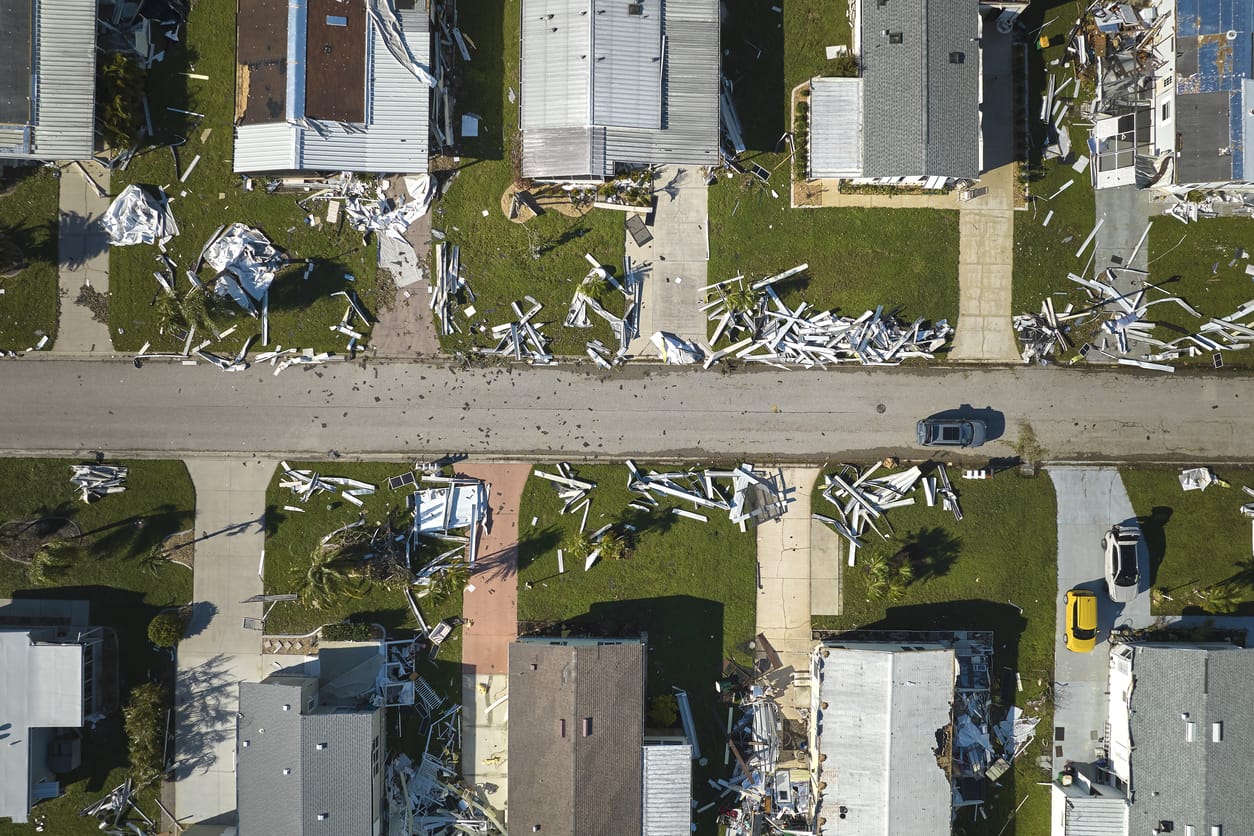
Natural disasters such as hurricanes do result in serious outcomes. These are ways through which shipping might be affected:
Flash floods affect shipping through the disruption of transportation infrastructure. Mostly, this natural calamity damages roads, bridges, and railways, making it difficult for shipping companies to transport goods to and from affected areas. Due to the safety concerns for shipping crews and workers at ports and other transportation facilities, there are delays in shipping schedules and increased transportation costs.
Icy roads are dangerous and could cause accidents if the drivers are not experienced in that sector. Experienced carriers can predict the weather and understand how the roads will use the lake effect snow. It allows the drivers to prepare and drive safely even in areas that are not easily accessible.
Tropical storms and hurricanes have damaged shipping trucks and cargo when carriers are caught in hurricanes, resulting in massive losses. Strong winds, heavy rain, and rough seas associated with these weather events can make navigation difficult and pose a significant danger to ships and their crews. Therefore, this disrupts shipping due to port closures or route changes to avoid the storm.

There are different ways through which hurricanes and flash floods impact shipping costs, including:
Floods and hurricanes cause severe damage to infrastructure, including roads, bridges, and ports. It disrupts the supply chains, thus causing delays in transporting goods and services in such areas. Therefore, shipping companies are forced to use alternative modes of transportation, leading to higher shipping costs.
After disasters such as floods, there may be an increased demand for shipping. Many people and businesses might be in a hurry to replace damaged goods or obtain emergency supplies. This leads to a shortage of available shipping capacity, which can increase shipping costs.
Shipping companies face higher insurance costs in areas prone to hurricanes and floods due to an increased level of damaged goods or loss of cargo. These increased insurance costs are passed on to customers through higher shipping rates.
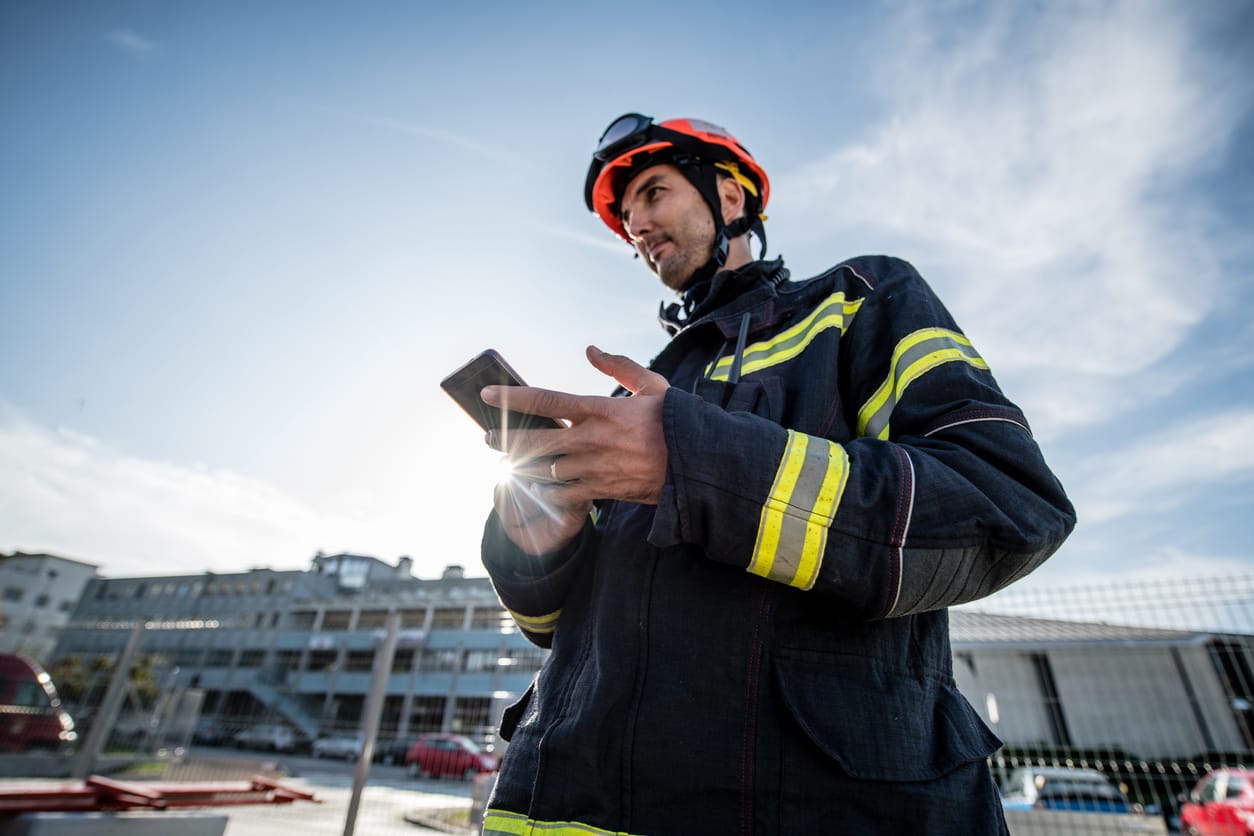
An auto transportation company such as Ship A Car, Inc. greatly affects disaster response and recovery efforts. It offers transportation services to people and also provides supplies and logistical support. This helps with the coordination and movement of resources. The efficiency of auto transport can mean the difference between life and death in disaster situations. Most auto shipping firms work closely with government agencies, emergency departments, and nonprofit organizations to ensure that relief efforts are well-coordinated and delivered efficiently. It is a critical aspect of emergency response, thus helping communities recover and rebuild after disasters.
